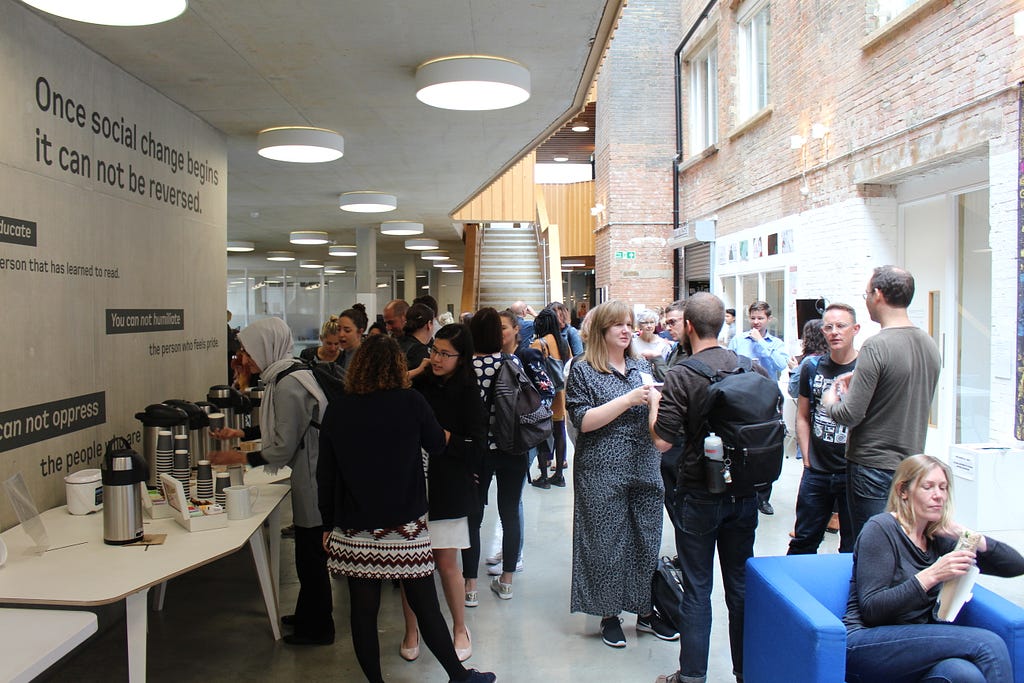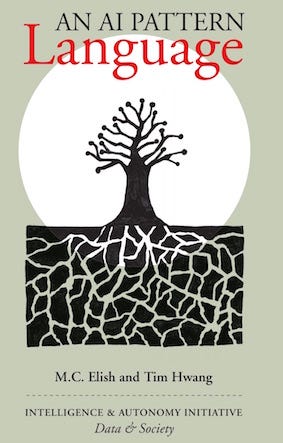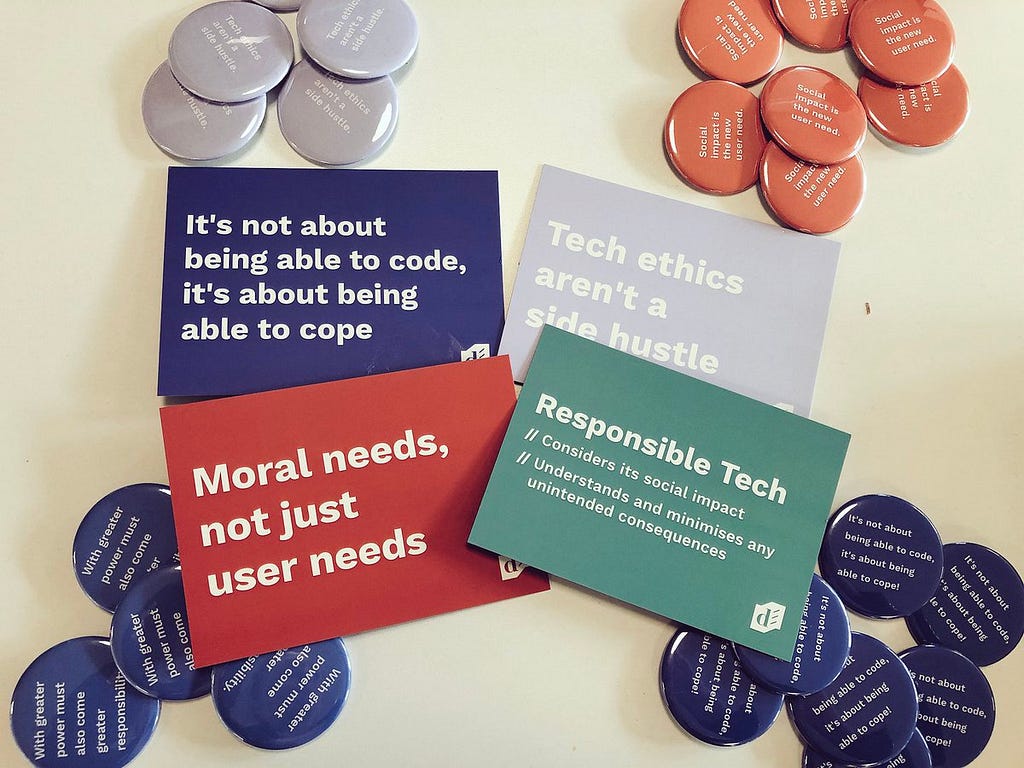#InTheLoop

Last Friday, in partnership with the Ada Lovelace Institute and Civil Society Futures, we held the first Society In The Loop event. The purpose of this event was to bring together three communities we believe need to be more connected; civil society, social sciences and the tech industry. The ambition was that the event would act as a springboard for this.
Now it’s not uncommon for the social sector and the tech world to come together. The tech for good movement in the UK has been doing that for years, in fact as far back as 2008 when the first Social Innovation Camp launched. They did, and still do, a brilliant job of ensuring that the people and organisations (those who understand social issues) are in the room with designers and technologists (those who can help make and experiment with new alternatives).
What’s not been common, however, is adding the social sciences into that mix. This is important to do in a digital society because not only do we need to be aware of the opportunities tech affords and to make the most of those (especially in terms of addressing societal issues), we also need to be aware of how technology is changing society, forecasting cumulative effects and foreseeing unintended consequences. So far it is those from a social science background that have been leading this kind of work. See organisations like Data & Society, the AI Now Institute and the 3A Institute — all set up by anthropologists, and teeming with people who’ve studied either anthropology, sociology, psychology and the humanities more broadly.
Investigating the near-term impacts of AI can be a difficult task to undertake because the research, development, and deployment of intelligent systems are nascent, fractured, and poorly understood by those outside of specific technical fields and corporate efforts. Limited frameworks, poor visibility, and the lack of technical sophistication have significant implications for media reporting, which informs public perception, as well as government policy priorities and regulatory content. In the last several years, scholars from many different social scientific fields have turned their attention to the issues arising from big data, machine learning, and intelligent systems. Yet, these scholarly communities are often disconnected from communities of practice, including the designers, engineers, and product managers who design and deploy intelligent systems. As a result, conversations around AI in the public are often shaped more by Hollywood than empirical knowledge. —
From the brilliant publication — An AI Pattern Language.

Social Harms
We’d chosen to centre the day around 5 themes — based primarily on where we imagine social harms as consequences of technology, being most prevalent — justice & law, poverty & inequality, democracy, human rights, and vulnerable consumers. Something the event highlighted was a need to better define what the different social harms are. This is something that I asked one of our Associates, Petra Abbam, to start researching in the Summer.
Here is an initial list of social harms that Petra pulled together and it’s been made into an editable document so that anyone can add examples to it — please do add links!

The day itself
It being useful to bring the 3 communities together seemed to resonate as the event was fully booked and with a crowd of 100 people it meant there was only standing room for some.
Of course we could have spent a whole day on each of the 5 themes, and I think that would be a good follow up. There was also a lot of overlap in the issues that came up across all the themes — there is a blurry line between vulnerable consumers, human rights and poverty & inequality for example — they are often all experienced by the same person.
Each panel started with someone speaking from their experience of trying to create change on the ground — someone who really knows on a day to day basis what is happening for people experiencing poverty, inequality etc. Sophia Parker has written a great blog that summarises the talk she gave about the five ‘I’s of poverty today. Over the next few weeks we’ll have some guest blog posts from people that took part in the panels who can give a more detailed summary about the discussions.
I wanted to write primarily about the last session that was brilliantly facilitated by Alix Dunn and Emma Prest. They read out statements to the room, relating to the panel sessions, that held an inherent tension within them. People were asked to move around the room and stand in a position that was somewhere between really agreeing with the statement or really disagreeing. This activity really brought to the surface, very visibly based on where people stood, the kinds of trade-offs and differences that were held in the room and that we need to address more explicitly in order to move these issues forward and make better decisions. You can see some of the questions below, and how the Doteveryone Twitter followers responded.





By people taking positions we were able to understand different perspectives and discuss them. It is these kind of conversations that need to take place more often, more visibly and always with society #intheloop.
If you want to stay part of Society In The Loop conversations as we build them, read future posts coming up about the more detailed discussions from the event, and want to hear about future events, then do sign up for our monthly newsletter.
#InTheLoop was originally published in Doteveryone on Medium, where people are continuing the conversation by highlighting and responding to this story.